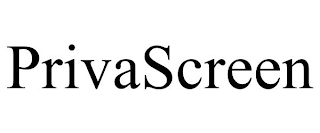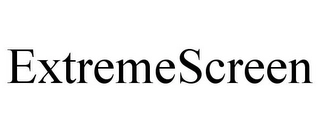BALL FABRICS, INC. - Florida Company Profile


| Entity Name: | BALL FABRICS, INC. |
| Jurisdiction: | FLORIDA |
| Filing Type: | Domestic Profit |
| Status: | Active |
| Date Filed: | 13 Dec 2005 (20 years ago) |
| Last Event: | AMENDMENT |
| Event Date Filed: | 01 Apr 2019 (6 years ago) |
| Document Number: | P05000162470 |
| FEI/EIN Number | 412190665 |
| Address: | 510 W ARIZONA AVE, DELAND, FL, 32720, US |
| Mail Address: | 510 W ARIZONA AVE, DELAND, FL, 32720, US |
| ZIP code: | 32720 |
| City: | Deland |
| County: | Volusia |
| Place of Formation: | FLORIDA |
| Name | Role | Address |
|---|---|---|
| BALL JONATHAN L | President | 510 W ARIZONA AVE, DELAND, FL, 32720 |
| BALL EMMETT D | Vice President | 510 W ARIZONA, DELAND, FL, 32720 |
| Ball Larry D | Vice President | 510 W ARIZONA AVE, DELAND, FL, 32720 |
| Ball Larry D | President | 510 W ARIZONA AVE, DELAND, FL, 32720 |
| BALL EMMETT D | Agent | 510 W ARIZONA AVE, DELAND, FL, 32720 |
| Registration Number | Fictitious Name | Status | Filed Date | Expiration Date | Cancellation Date | Mailing Address |
|---|---|---|---|---|---|---|
| G09000178813 | ROCKET WRAPS AND GRAPHICS | EXPIRED | 2009-11-25 | 2014-12-31 | - | 420 HAMILTON RD, DELAND, FL, 32724 |
| Event Type | Filed Date | Value | Description |
|---|---|---|---|
| AMENDMENT | 2019-04-01 | - | - |
| CHANGE OF PRINCIPAL ADDRESS | 2012-08-29 | 510 W ARIZONA AVE, DELAND, FL 32720 | - |
| CHANGE OF MAILING ADDRESS | 2012-08-29 | 510 W ARIZONA AVE, DELAND, FL 32720 | - |
| REGISTERED AGENT NAME CHANGED | 2012-08-29 | BALL, EMMETT D | - |
| REGISTERED AGENT ADDRESS CHANGED | 2012-08-29 | 510 W ARIZONA AVE, DELAND, FL 32720 | - |
| Name | Date |
|---|---|
| ANNUAL REPORT | 2025-01-02 |
| ANNUAL REPORT | 2024-01-10 |
| ANNUAL REPORT | 2023-01-19 |
| ANNUAL REPORT | 2022-01-25 |
| ANNUAL REPORT | 2021-01-19 |
| ANNUAL REPORT | 2020-01-07 |
| Amendment | 2019-04-01 |
| ANNUAL REPORT | 2019-01-17 |
| ANNUAL REPORT | 2018-01-24 |
| ANNUAL REPORT | 2017-01-09 |




This company hasn't received any reviews.
Date of last update: 01 Aug 2025
Sources: Florida Department of State